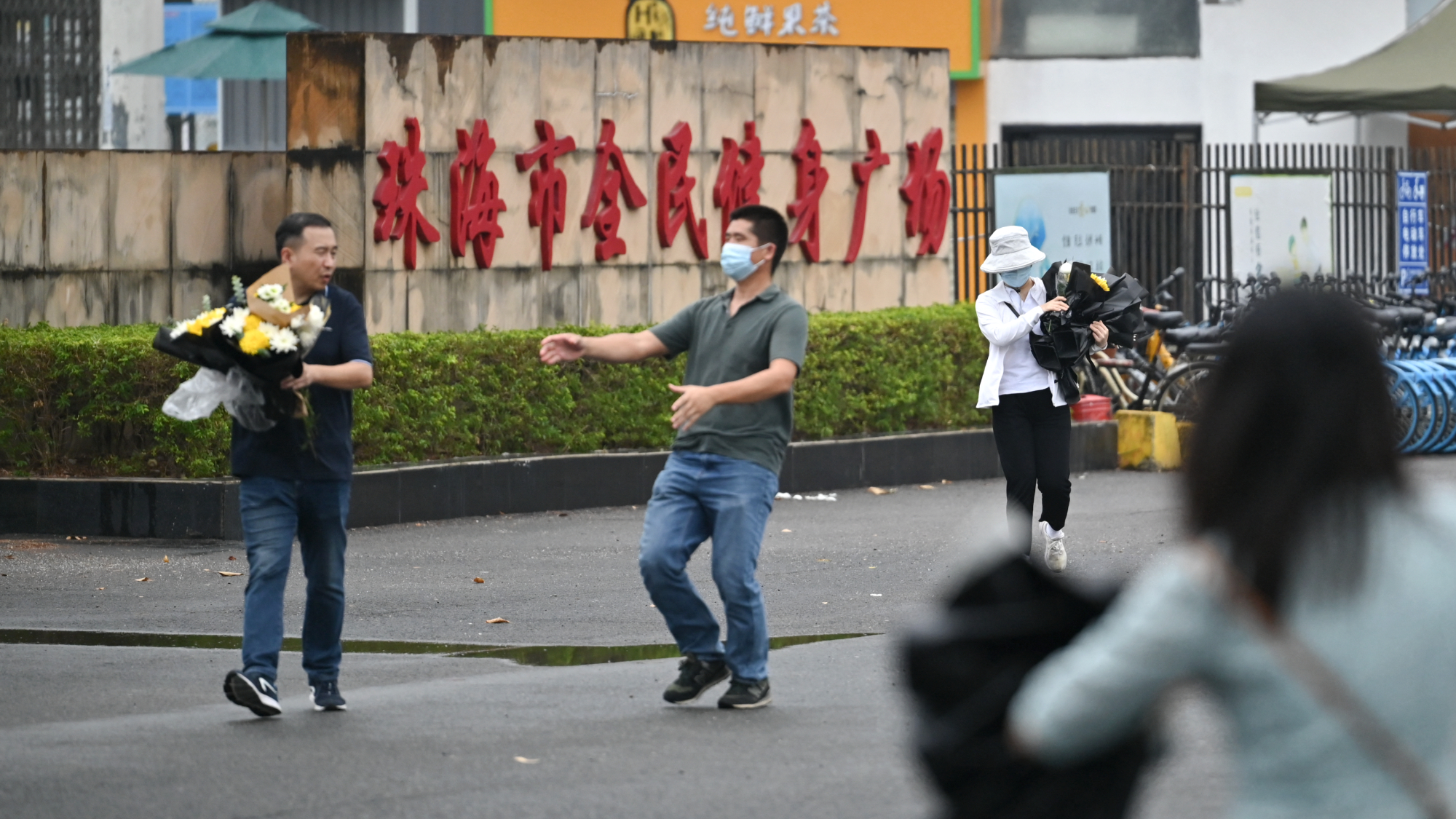What happened
A 62-year-old man in Zhuhai, China, rammed an SUV into a crowd of people exercising at the local sports complex Monday evening, killing at least 35 and severely injuring 43 others, Chinese officials said Tuesday. By Wednesday, “two days after the deadliest known violent attack in China in a decade,” The New York Times said, “officials were working to make it seem as if nothing had happened.”
Who said what
Officials have said little about the suspected assailant, only that his surname is Fan, he was upset about his divorce settlement and was in a coma after stabbing himself. Online discussion, news articles and videos of “China’s deadliest mass killing in years” were all “being censored,” The Associated Press said. “Uniformed and plainclothes police monitored” the Zhuhai People’s Fitness Plaza and “prevented visitors from gathering or taking photographs.” Candles and flowers people had laid outside the sports center were all removed by yesterday afternoon.
The erasure was a “precise enactment of the Chinese government’s usual playbook after mass tragedies,” the Times said: Silence “nonofficial voices,” spread “assurances of stability” and “minimize public displays of grief.” On “one level, you can understand” the reaction, BBC China correspondent Stephen McDonell said: This attack, like other “inexplicable assaults on the community, are copycat in nature.” But it’s also true, he added, that Chinese officials “sometimes want these bad things to simply go away as quickly as possible.”
Subscribe to The Week
Escape your echo chamber. Get the facts behind the news, plus analysis from multiple perspectives.
SUBSCRIBE & SAVE
Sign up for The Week’s Free Newsletters
From our morning news briefing to a weekly Good News Newsletter, get the best of The Week delivered directly to your inbox.
From our morning news briefing to a weekly Good News Newsletter, get the best of The Week delivered directly to your inbox.
What next?
Beijing’s goal in Zhuhai was to “stifle potential questions and criticism of the authorities, and force the public to move on as quickly as possible,” the Times said. And “to a large degree, it appeared to be working.”



